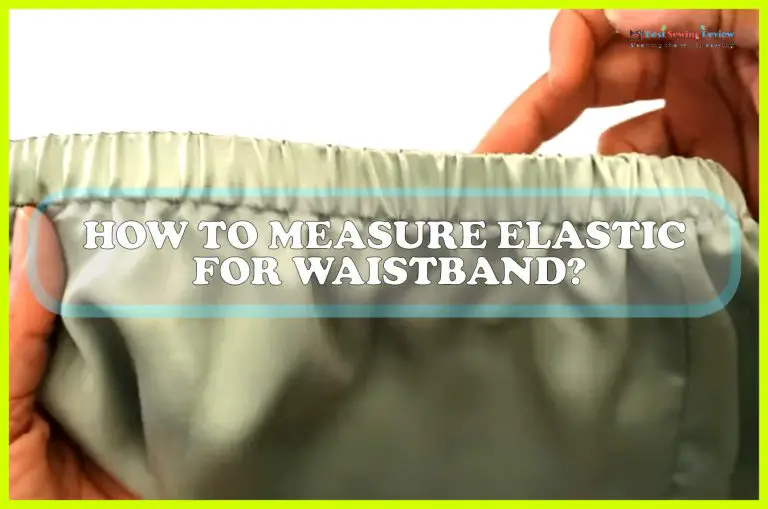To fix an iron burn hole on clothes, apply fusible interfacing or a fabric patch underneath the damaged area. Secure the patch with iron-on adhesive or sew it in place for a discreet repair.
Dealing with an iron burn hole on your favorite piece of clothing can be disheartening. It’s something that happens to the best of us, often at the most inconvenient times. Luckily, there’s no need to discard your garment just yet.
Quick and efficient fixes exist that can salvage your clothing, restoring its appearance with minimal effort. Whether you’re an experienced DIYer or new to fabric repairs, mending an iron burn hole is a task that requires just a few materials and simple steps. By mastering this skill, you’ll not only save money but also extend the life of your loved garments, making sure they look presentable for any occasion.
Introduction To Iron Burn Holes On Clothes
Accidentally scorching your favorite piece of clothing with an iron is frustrating, but not all is lost. Iron burn holes often result from prolonged exposure to heat, and recognizing the severity is the first step to rectification. Types of iron burns range from slight discoloration to full-fledged holes. For minor issues, DIY repair might be an option, but extensive damage often requires professional help.
Before deciding on a repair route, it’s essential to assess the damage. If the fabric is merely scorched with no thread damage, chances are a simple home remedy can restore it. However, for burns that penetrate the fabric, intricate stitching or a patch might be necessary. Treating iron burns promptly can make a significant difference in the outcome of the repair process.
Preparation Steps For Repairing Burn Holes
Begin the repair process by assembling the necessary tools and materials you’ll need to mend your garment. This includes fine sewing needles, matching thread, scissors, and fusible interfacing or fabric patches. Make sure to choose threads and patches that closely match the garment fabric to create a seamless repair.
Before tackling the hole, it’s crucial to clean the area surrounding the burn mark. Gently brush off any charred fibers and rinse the spot with cold water. Doing so ensures a clean surface for the patch to adhere properly.
On identifying the fabric type, select a repair method that best suits the material. Delicate fabrics may require special care and a light-handed approach, while sturdier materials can handle more robust repair techniques. Opting for the correct methodology is crucial for a durable fix that blends with the original fabric.
Quick Repair Tips For Different Fabric Types
Synthetic fabrics require delicate handling when repairing iron burn holes. One effective technique involves using a patch of similar fabric and heat-resistant adhesive to bond the materials. Ensure the patch extends beyond the hole’s edges for a secure fix. Use low heat during the process to prevent further damage and always test the adhesive on a small, inconspicuous area first.
When addressing burn holes in natural fibers like cotton and wool, a different approach is needed. For cotton, small holes can be darned using matching thread, weaving in and out to close the gap. Wool, being more delicate, may require reweaving or a felted repair, where fibers are interlocked to the damaged area to conceal the hole. Professional tailoring services are recommended for significant damage.
Denim and silk present unique challenges. Patchwork is often suitable for denim, embracing the fabric’s rugged aesthetic, while silk might benefit from a specialized adhesive fabric or professional reweaving, respecting its delicate nature. Always consult care labels or professionals when repairing special fabrics to maintain their integrity and appearance.
Step-by-step Guide To Fixing Iron Burn Holes
A iron burn hole on your favorite piece of clothing can be disappointing, but with the right approach, you can breathe new life into your garment. Patch Method involves cutting a piece of fabric similar to the original material in color and texture. Place the patch over the hole and secure it with fabric glue or stitch around the edges if you’re handy with a needle.
The Darning Method requires weaving threads back and forth across the hole. Use a matching thread and needle to carefully weave the threads in a seamless pattern that blends with the fabric’s original weave. With patience, this technique can restore the integrity of the material.
There are specialized fabric repair powders and adhesives designed to fix small burns or holes without sewing. Following the instructions, these products bond with the fabric, creating a strong, flexible repair that withstands washing and ironing. Always test on a small, inconspicuous area first to ensure compatibility with the fabric.
Aftercare And Prevention
Maintaining the repair of a burn hole on clothing requires proper aftercare. Always adhere to the care instructions provided on the garment label to ensure the repair’s longevity. Regular checks on the area for signs of wear are essential. Minimizing stress on the mended part by avoiding excessive pulling or stretching helps in maintaining its condition.
Utilize the correct temperature setting on your iron according to the fabric type; this is critical in preventing burns. Smooth, swift movements rather than prolonged pressure can greatly reduce the risk of scorching. Never leave the iron face down on clothing and always ensure it is moving.
Investing in a high-quality iron with adjustable settings and features like automatic shut-off can make a significant difference. Additionally, consider purchasing protective accessories, such as ironing pads or cloths, to provide an extra layer between the iron and your garments. These investments not only prevent future damage but also enhance ironing efficiency and results.
Conclusion
Repairing an iron burn hole on clothing might seem daunting, but it’s quite manageable with the right steps. Embrace these straightforward techniques to restore your garments without stress. Keep this guide handy for future apparel mishaps, ensuring your favorite pieces stay wearable.
Happy mending!

